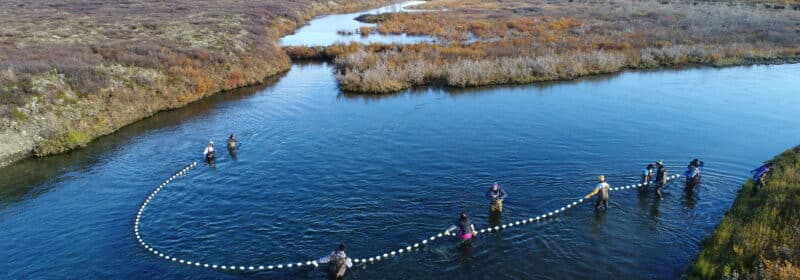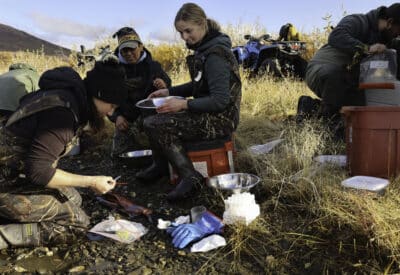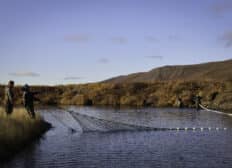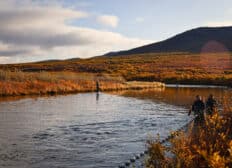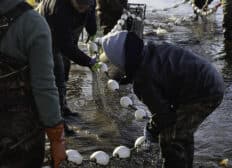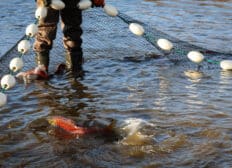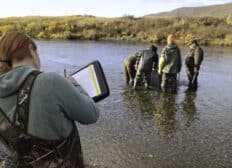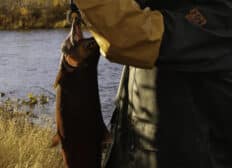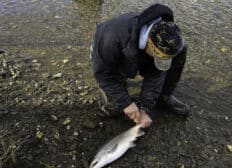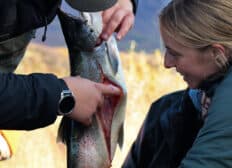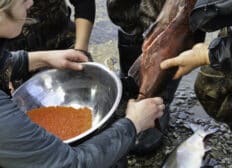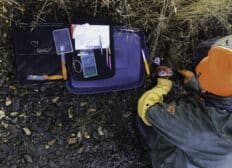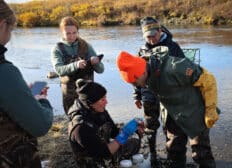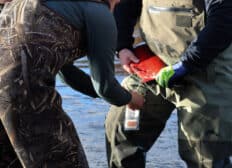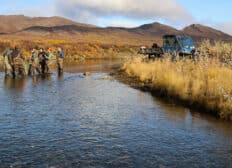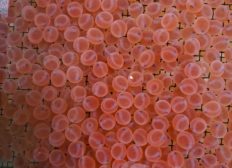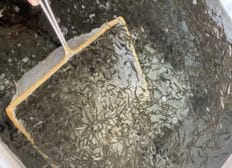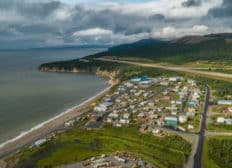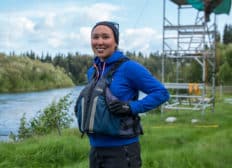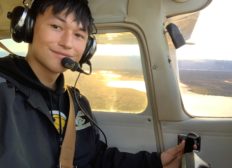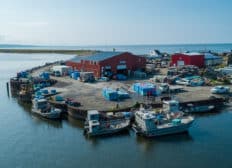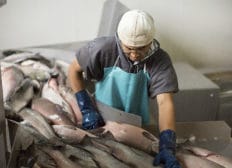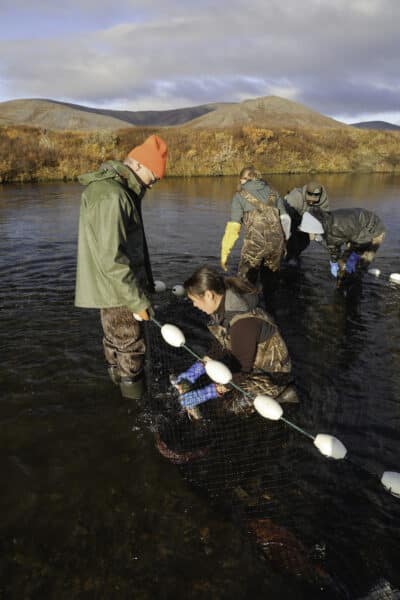 Building upon enumeration projects to document the numbers of salmon returning to regional streams and rivers, NSFR&D focuses their salmon rehabilitation efforts in areas that will have the most impact in the Norton Sound region.
Building upon enumeration projects to document the numbers of salmon returning to regional streams and rivers, NSFR&D focuses their salmon rehabilitation efforts in areas that will have the most impact in the Norton Sound region.
NSFR&D operates the following salmon rehabilitation projects:
South River Chinook (2012-present)
Solomon River Chum (2007-present)
Snake River Chum (2005-2018)
Snake River Coho (2005-present)
Currently, NSFR&D rehabilitation projects are conducted through egg takes, incubation, and fry releases. In the late summer, eggs and milt are taken from spawning salmon; the eggs are fertilized and placed in heath tray incubators until they mature. Heath tray incubators allow embryos to be incubated through the hatch stage and live off their yolk sacs until they are released into their watersheds of origin in the spring, just prior to when they start foraging for food. As of 2020, NSFR&D is exclusively using heath trays incubators and all gametes are held over the winter and released as unfed fry in the spring.
The success of the rehabilitation projects can be monitored using otoliths, a small ear bone. During the incubation phase, the then-microscopic bones are marked through abrupt, scheduled temperature changes in the incubator water. Samples of the otolith marks are sent to the ADF&G Mark, Tag and Age (MTA) Lab to be analyzed. When the adult salmon return to the river they were released in, technicians collect otoliths from the spawned-out fish and send them in to the MTA lab to be analyzed. This information is used to determine how many of the incubated salmon returned to the river. For more information about marking otoliths and to see real otolith marks from around the state, including NSFR&D’s, visit the MTA Lab website.
